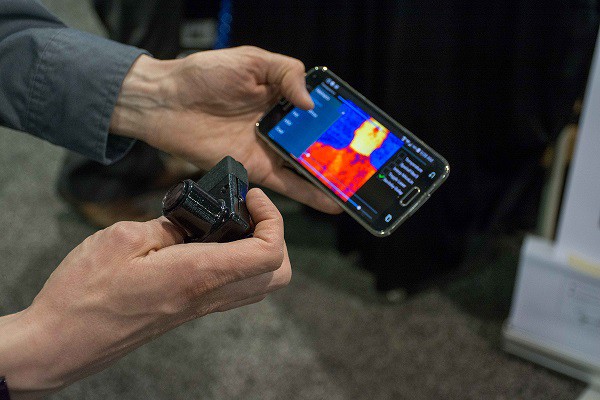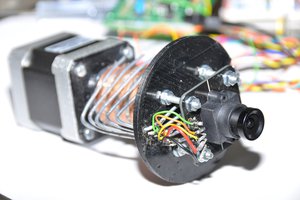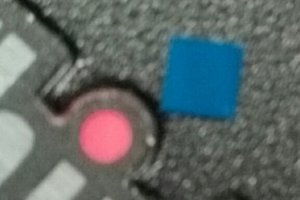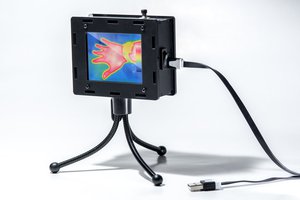The Hema-Imager is a wireless thermal camera that uses a thermopile array or a thermal diode array. These arrays output two analog signals, which must be digitized, corrected with a one-time factory calibration, and then passed along to whatever is recording the images.

The new Hema-Imager will use the Heimann Sensor 82x62 thermal diode array, which has the best image quality for a thermal imager below $1,000 and follows nearly the same circuit as the 64x62 (the thermal sensor pinout and the ADC are different). The schematic/layout and firmware we've linked for the 64x62 WiFi thermopile array show how to build one of these, and this video shows a full board build of this circuit in an "easy bake oven" (home-built reflow oven).
The biggest benefits of thermopiles and thermal diodes are the stability. There is no nonuniformity correction (shutter) needed, which means the image stream is un-interrupted. They are also really robust, you can put them in a low temperature oven and operate them fine, or drop them and never break a pixel (still have to be careful with the lens).
The Hema-Imager will initially be offered without any enclosure, but if we get above 100 backers on the Hema-Imager, we will offer an enclosure. There will also be 3D printable designs for sale through Shapeways (still populating, at present, only the older 64x62 design is viewable). We have a few concept 3D models (pistol grip and drone/fixed mount) posted on sketchfab.
The Kickstarter has two devices listed: the HemaVision and the Hema-Imager. The HemaVision uses the same thermal sensor and WiFi module as the Hema-Imager and has the same capability to connect and stream images to any connected browser, but that is where the similarities end. The HemaVision also includes a powerful computing processor (like the Raspberry Pi 2), a high resolution optical image sensor for image fusion, storage and a TFT LCD touchscreen display.






 Frank.Muenzner
Frank.Muenzner
 Max Ritter
Max Ritter
I'd been trying to get my hands on some of those sensors but was having a heck of a time with it, how much do they run?